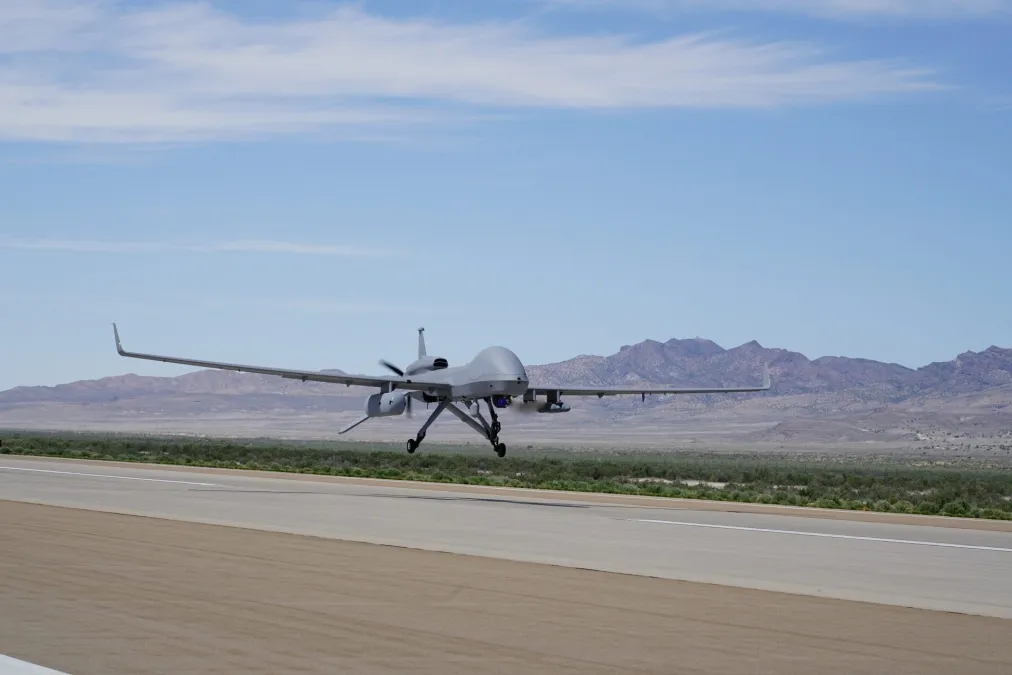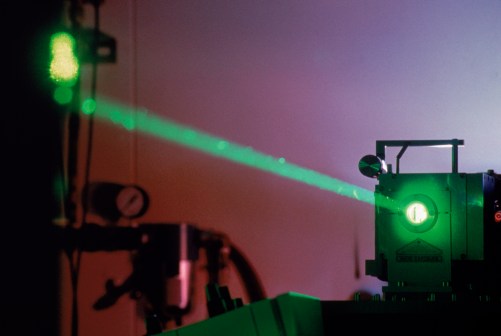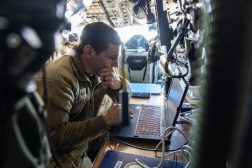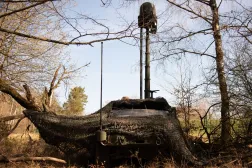Army projects first unit equipped with new airborne electronic attack platform in fiscal 2026

The Army now projects that it will equip the first unit with an airborne electronic attack capability in fiscal 2026 following initial operational test and evaluation.
The Multi-Function Electronic Warfare Air Large (MFEW) system will serve as the Army’s only airborne electronic warfare — with limited cyber — capability organic to combat aviation brigades to support maneuver commanders on the ground. The Lockheed Martin-made technology is a pod-mounted capability on a MQ-1C Gray Eagle drone, though officials have noted it was designed to be platform agnostic — provided the platform had the right power requirements.
The program received an affirmative Milestone C decision in May 2021 and approval to conduct low-rate initial production.
Fiscal 2025 budget documents for the first time note the first unit equipped for the system will be fiscal 2026. The program schedule has shifted over the years in budget documentation. The fiscal 2024 budget proposal stated production and fielding would begin in third quarter 2026 and end in fourth quarter 2031. Fiscal 2023, 2022 and 2021 budget documents noted that period would start in third quarter 2021 and end in fourth quarter 2026.
“The schedule change to the program is due to the need for a Limited User Test prior to the Initial Operational Test and Evaluation in order to perform expanded testing again a rapidly evolving threat,” a spokesperson from program executive office for intelligence, electronic warfare and sensors, which manages the program, told DefenseScoop. The IOT&E will occur in fourth quarter 2025, according to budget documents.
The Army has been on a long path with the MFEW system. The Army zeroed out procurement funding for the system in the fiscal 2022 budget, essentially forcing the program office to prove out the technology through further demonstrations and development, with program officials noting the Army might not have seen the demonstrated capability.
In fact, now Army Futures Command has designated the platform a priority enabler for many of its cross-functional teams to include long-range precision fires, assured positioning, navigation and timing (APNT), future vertical lift and network, according to budget documents, which noted that it’s a key technology in support of Army 2030 priorities.
For fiscal 2025 procurement funding, the Army requested $17.4 million for two low-rate initial production pods and two refurbished pods, which are significantly cheaper than a new production pod, the program office said. Moreover, the cost of each pod is decreasing with quantity increases and process efficiencies, according to the office.
For fiscal 2025 research-and-development funding for the program, the Army requested $16.3 million — after only projecting a $4.2 million fiscal 2025 request in fiscal 2024 budget documents — increasing investment to complete Gray Eagle integration and expanded developmental and operational testing, the program office said.
MFEW will be one of the first program-of-record electronic attack or jamming capabilities fielded to troops in decades. For the past several years, the service has relied on so-called quick reaction capabilities to address urgent commander needs in theater as it has sought to develop permanent, program-of-record fixes to deliver to units.
MFEW has been undergoing several test events, namely with the 10th Mountain Division and a demonstration at China Lake, California.
“We’ve been in a number of exercises out there and really matured how EW feeds into the fires chain, with the 10th Mountain really is the diversity in the division, artillery that has really grabbed on to this concept of being able to do long-range targeting with MFEW,” Ken Strayer, project manager for electronic warfare and cyber at PEO IEW&S, told DefenseScoop last October. “Within our portfolio, it provides you the deepest look of any system we have that’s directly owned by a maneuver commander — and that’s been a valuable impact into the unit’s operations.”






